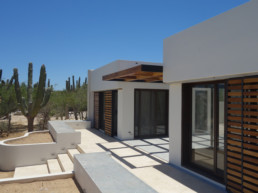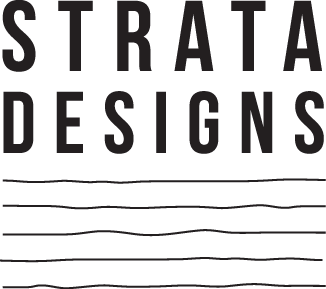Services
Consulting, Logistics, Importation, Project Masterplanning
The Architectural Design Process
Interior Design, Custom Concepts and Specifications
Custom Kitchen and Millwork, Metalworking Design and Fabrication
The Architectural Design Process
The first phase of the Architectural Design Process is to define the overall parameters and particular challenges of the new project. This often begins with a client interview to determine a big-picture understanding of the proposed project. If a particular site has already been chosen, that is an important factor at this stage. Otherwise, the Designer and the Owner work initially to communicate the main goals and prepare for the initial design stage, Conceptual Design. This phase is not about specific programmatic requirements, rather it is an open discussion about larger goals.
The second phase, Conceptual Design, takes the criteria defined in Pre-Design and begins to create a design. Important to this stage are programmatic requirements, aesthetic requirements, technology requirements, and building systems. At this stage, the Designer will begin to develop floor plans, sections, elevators and a three-dimensional model to assist in the forthcoming design. At the end of the Conceptual Design phase, the Designer and the Client shall agree on a basic direction for the project to continue onto the next phase. A set of renderings shall also be produced, showing basic material selections for Owner approval before moving into Design Development.
The third stage in the Architectural Design Process, Design Development, is where most of the true design and material choices are made. During this phase, the Designer and the Client work out detailed floor plans, building sections, and exterior elevation concepts and drawings. The key domestic areas, such as the kitchen and the bathrooms are developed, and fixtures/finishes are specified at a basic level. (More specific information regarding fixtures and finishes is developed during the Construction Document phase.) At the end of the Design Development phase, the design of the project is well-defined. The majority of the design decisions requiring client input occur during this stage. A final Design Development Set is issued and approved by the Client before moving into Bidding and Construction Drawings.
Construction Documents is the final drawing, documentation, and specification phase. During this stage, many important final decisions are made, and details are developed that will allow the Contractor to accurately bid and build the project. At this point in the process, most of the Client input has occurred – although as the details are developed, and the Construction Documents progress, there are interim Client reviews where input can productively occur.
This phase allows the Designer and potential General Contractors to discuss important construction assemblies and details which can have a major impact on cost, quality, and the aesthetics of the project.
At the end of this phase, a final set of detailed construction drawings and specifications is issued that provide the basis of bidding and construction. This is also the phase when the Designer and Structural Engineer work to coordinate the structural aspects of the project, and work out details that satisfy both the Engineer’s requirements and the Designer’s vision for the project.
The final phase, Construction Administration, can vary depending on the needs of the Client and the administrative capabilities of the Builder. Because a high-end modern house is composed of many concepts, some clients prefer a third-party to keep track of the administrative aspect of payments, change orders, progress reports, sourcing and logistics of specialty items, etc. Construction Administration can help the Owner keep track of many aspects of the project (documents, change orders, and vendor/consultant/engineer coordination among many other things), and by introducing a third-party professional, issues with the general contractor can often be managed more efficiently.
Our Design Process
Our design process is simple and will make your architectural vision a reality.
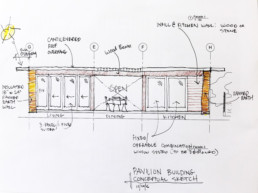
Initial Sketch/Design Idea
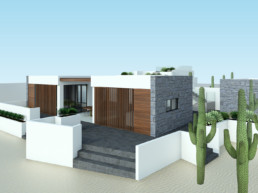
Conceptual Rendering and Finishes Selection
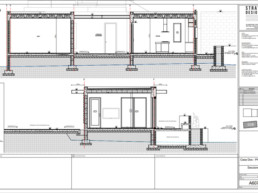
Dimensional Construction Drawings
